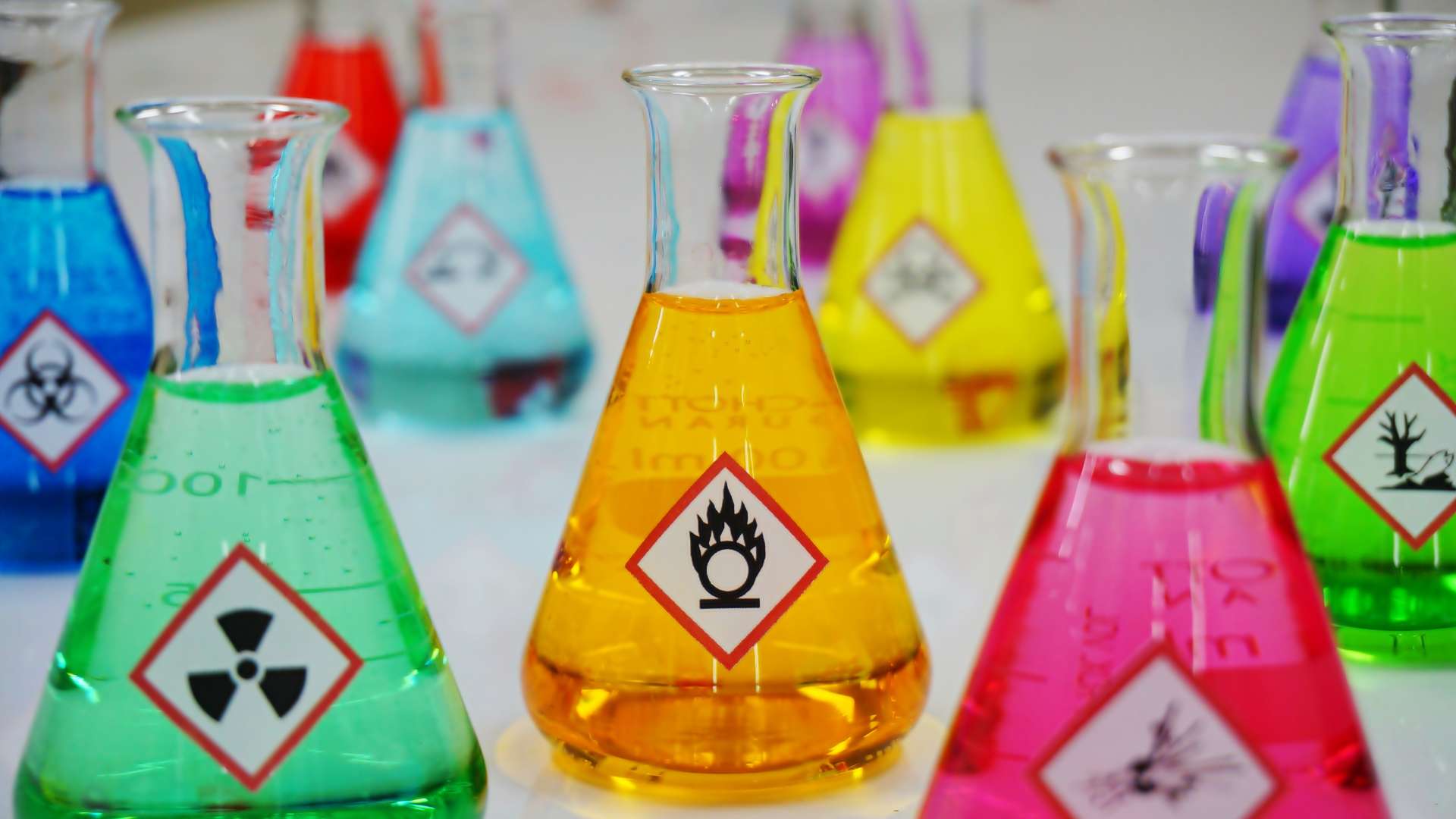4 Best Practices for Proper Industrial Chemical Storage

In industrial settings, proper chemical storage is both a regulatory requirement and a crucial factor in safeguarding the workplace. Improper storage can lead to accidents, environmental damage, and financial losses. Continue reading to learn about some best practices for proper industrial chemical storage.
Segregation and Categorization of Chemicals
One of the most effective ways to prevent hazardous incidents is through the segregation and categorization of chemicals. Different chemicals have varying properties and react differently when combined. This means that storing acids next to bases, for example, can potentially lead to dangerous reactions. By categorizing chemicals according to their properties—flammable, corrosive, reactive—you can minimize the risk of accidental contact. This practice protects your workers and simplifies emergency response protocols, as personnel can quickly identify potential hazards based on chemical category.
Adequate Ventilation and Temperature Control
Ensuring your storage area has adequate ventilation and temperature control is vital for maintaining the stability of stored chemicals. Poor ventilation can lead to the accumulation of toxic fumes, posing health risks to workers and increasing the likelihood of a fire. Temperature control is equally important, as certain chemicals are sensitive to temperature changes and may degrade or become hazardous. Implementing an advanced HVAC system designed for industrial settings can mitigate these risks, ensuring that chemicals remain stable and safe to handle.
Secure and Accessible Storage Systems
Security and accessibility are key when it comes to chemical storage. Secure storage systems, such as lockable cabinets and designated storage rooms, prevent unauthorized access and potential misuse. However, these systems should also be easily accessible during emergencies. Additionally, ensuring that safety data sheets (SDS) are readily available near storage areas can help workers respond quickly and effectively in case of an incident. Periodic inspections of storage units allow you to identify potential weaknesses or compliance issues before they become significant problems.
Proper Labeling and Documentation
Proper labeling and documentation are essential for maintaining an organized and safe chemical storage environment. You should clearly label every container with the chemical name, hazard warnings, and handling instructions. This practice aids in the quick identification of chemicals and ensures that workers handle substances correctly. It’s also important to meticulously maintain all applicable forms of documentation, including inventory logs and safety data sheets. Keeping accurate records helps in tracking chemical usage, managing stock levels, and ensuring compliance with safety regulations.
Adhering to these best practices for proper industrial chemical storage is crucial for maintaining a safe and compliant workplace. By prioritizing all relevant safety precautions when using industrial chemicals, you can protect your workforce and contribute to the overall efficiency and safety of your operations.








